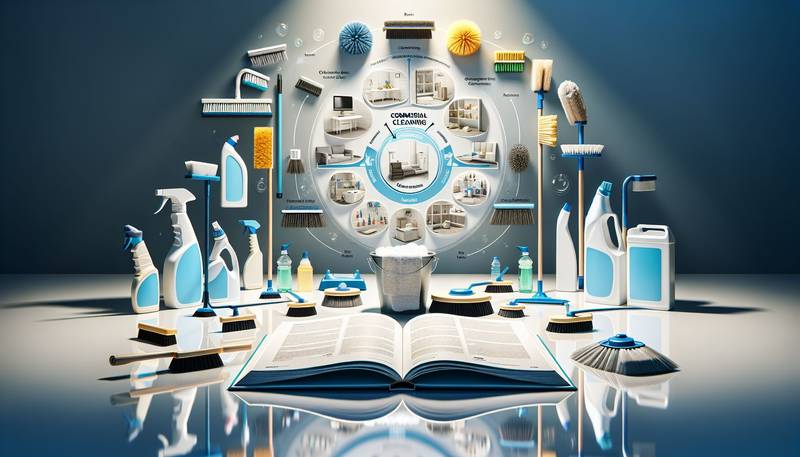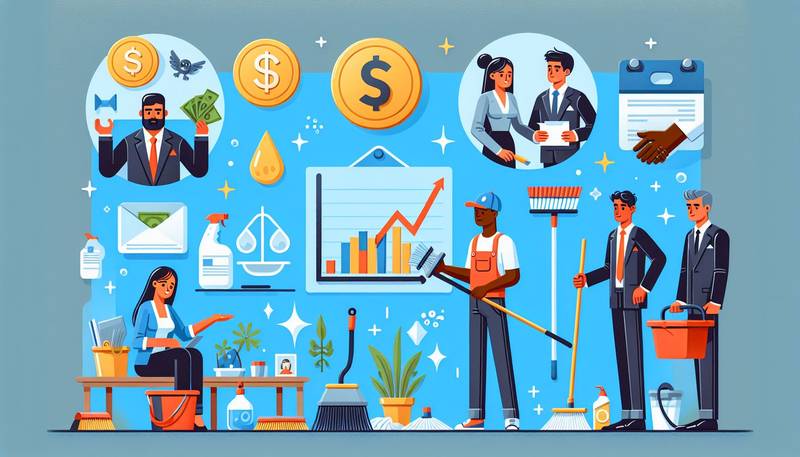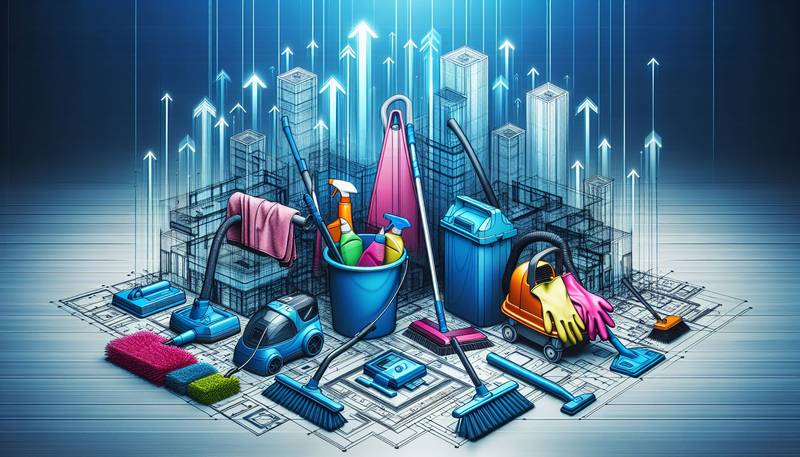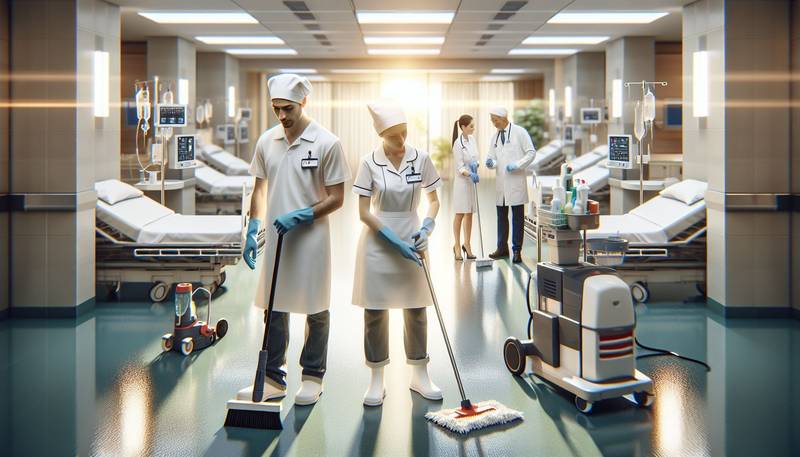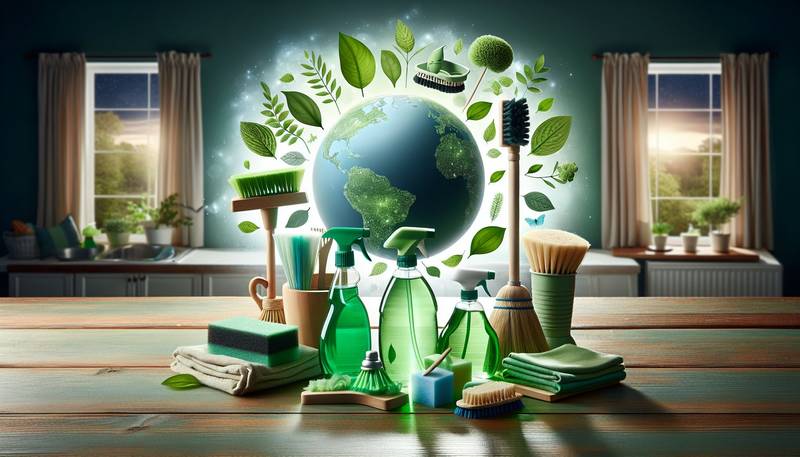The Future of Cleaning Jobs: Technology, Trends, and Predictions
From the adoption of robotics and automation to the emergence of eco-friendly cleaning practices, the cleaning industry is set to evolve in the coming years.
The Impact of Technology
One of the most noticeable shifts in the cleaning industry is the increasing use of technology to streamline cleaning processes and improve efficiency. Robotics and automation have already made their mark in the industry, with robotic vacuum cleaners, floor scrubbers, and window washers becoming increasingly common in commercial and residential settings. These technologies are not only able to perform repetitive tasks quickly and accurately but also free up human workers to focus on more complex and specialized cleaning tasks.
The Rise of Smart Cleaning Solutions
In addition to robotics, the cleaning industry is also embracing smart cleaning solutions that leverage data and analytics to optimize cleaning schedules, resource allocation, and performance monitoring. Smart sensors, IoT devices, and connected cleaning equipment are allowing cleaning companies to collect real-time data on cleaning operations, identify inefficiencies, and make data-driven decisions to improve cleaning outcomes. This trend towards smart cleaning is likely to continue as companies seek to maximize efficiency and reduce costs.
Sustainable Cleaning Practices
Another major trend shaping the future of cleaning jobs is the growing emphasis on sustainability and eco-friendliness. With increasing awareness of the environmental impact of traditional cleaning chemicals and practices, there is a growing demand for green cleaning solutions that are safe for both people and the planet. Cleaning companies are increasingly using environmentally friendly cleaning products, implementing water-saving techniques, and adopting energy-efficient cleaning equipment to minimize their carbon footprint and appeal to environmentally conscious customers.
Training and Upskilling
As technology continues to redefine the cleaning industry, there is a growing need for cleaning workers to acquire new skills and competencies to adapt to the changing landscape. Cleaning companies are investing in training programs to upskill their workforce in areas such as operating and maintaining cleaning robots, using smart cleaning technologies, and implementing sustainable cleaning practices. By investing in training and development, cleaning companies can ensure that their employees remain competitive and capable of meeting the demands of a rapidly evolving industry.
The Gig Economy and On-Demand Cleaning Services
The rise of the gig economy and on-demand service platforms has also had a significant impact on the cleaning industry, enabling individuals to find cleaning jobs quickly and easily through online platforms. On-demand cleaning services allow customers to book cleaning services on short notice, providing flexibility and convenience for both customers and cleaning workers. This shift towards on-demand cleaning services is likely to continue, providing opportunities for freelance cleaners to find work and for customers to access cleaning services whenever they need them.
Conclusion
The future of cleaning jobs is set to be shaped by a combination of technology, sustainability, training, and changing work models. As robotics and automation become more prevalent, cleaning workers will need to adapt to new technologies and acquire new skills to remain competitive. The emphasis on sustainability will drive the adoption of eco-friendly cleaning practices, while the gig economy and on-demand services will provide new opportunities for freelance cleaners. By staying ahead of these trends and embracing innovation, the cleaning industry can continue to thrive in the years to come.

